BOREHOLE WATER & REVERSE OSMOSIS
Clients are asking how they use REVERSE OSMOSIS memebranes to clean their borehole water. We have seen a couple of such systems implemented successfully on our projects. This process is indeed the best way to remove iron and other unwanted impurities from the water. However, very thorough pre-treatment is needed before the water reaches the membrance, to avoid it becomming clogged and damaged in no time at all.
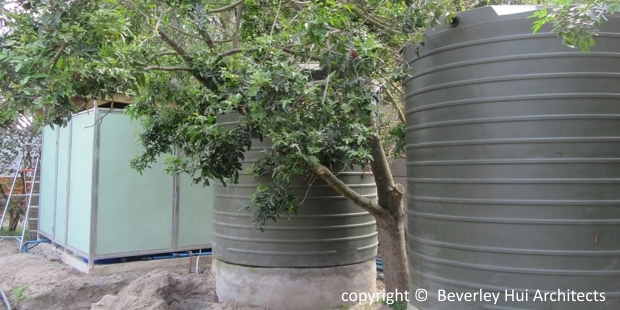
Water Tanks and Processing Plant

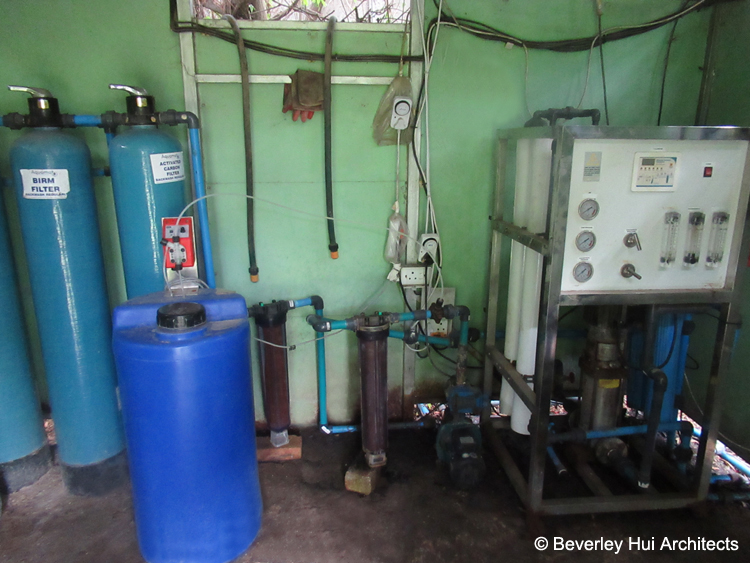
A Typical RO Water Treatment Plant






A REVERSE OSMOSIS PROCESSING PLANT
This shows an example of a treatment plant that can be used to convert borehole water into drinking water. Every time the water is pumped from one tank to the next it undergoes another level of filtration. This produces water that can be used in the house as well, and can be added to the pool with very little trouble. Contact us to find out who provided the system in the picture.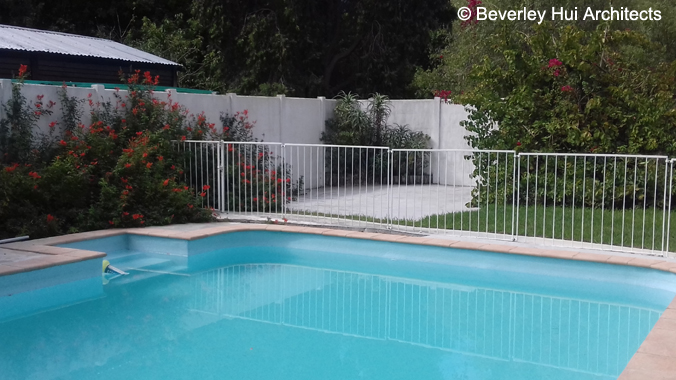
Used in Pool





WHAT ABOUT FILLING SWIMMING POOLS?
Clients are asking how they can use their borehole water in their swimming pools. If you have low iron levels you might throw in some chemicals to settle the iron out. If you have medium levels, you could place the water in a holding tank and add chemicals to allow the reaction to happen in your tank rather than in your pool.The best way however is to use a reverse osmosis machine to take the iron out before it enters your swimming pool. Filling swimming pools from scratch or even topping them up may at times be illegal due to municipal water restrictions. Whereas topping-up with borehole water may be allowed, although it may frowned upon.



WHAT IF IRON LEVELS ARE LOW IN YOUR BOREHOLE WATER?
Your iron levels are maneagable if after topping up your pool, you are able to maintain a reasonable blue colour using regular cholorine levels. A day after adding the water it will have a greenish-grey tinge, but there should not be a major brown meltdown in your pool. You will obviously want to test by letting your water settle in a see-through container before adding any into your pool. If it looks like anything is happening that you could not cope with in your pool, don't add it.IMPORTANT: Be sure to wait at least 48 hours with your test sample as often the iron only starts to react to air after quite some time. The water can look chrystal clear at first and then become quite brown. Only add very small amounts of borehole water to your pool in the beginning to see how it all reacts. Make sure you have the highest possible safe levels of chlorine in your water before you do the top-up. You can also have professional tests done to find out what the levels are of different substances in your water. This is usually important to know what you are dealing with, but you need to find someone who can interpret the results for you.
Besides your granular chlorine, we highly recommend using a month-mate floater. For a large pool you will need two to three of them. Check your levels of chlorine, PH and stabilizer at all times using an aquacheck strip test kit. The only risk of adding too many floaters, is that your stabilizer levels or chlorine might go to high. If that happens, take out a floater until optimum levels are reached. Note that you do need the floaters as they contain clarifiers that cause the iron to come out and settle at the bottom of the pool. Granular cholorine alone will not do the job.
Don't circulate the pool with your pump after you add the borehole H2O, just wait for the floaters to do their job uninterrupted.
If your chemical levels are right and you have the month-mate floaters, then after two or three days of adding the borehole water, you will find that brown dust starts to settle at the bottom of the pool, and the water istelf becomes chrystal clear and a very sparkly blue. The stuff at the bottom is the iron that has come out of the water and settled at the bottom. Don't try to run your regular creepy and filter cycle. What you need now is an "8-wheel" which is available at PnP and Checkers, and clips into a regular pool pole.
You add the creepy pipe to the "8-wheel" and then run the pump on the "waste" setting. This takes the water straight out your back-wash, instead of circulating it back into the pool. Be sure your backwash goes to some important area of your garden and not out into the road. Get to work sucking all the iron off the bottom of your pool. You will want to do this as soon as the iron settles out, because you don't want it lying there where it can stain your pool - usually the stains start under leaves that have fallen there.
If you have very low water levels, you may need to remove your main leaf catch basket and insert the pipe straight into the "weir-pipe". Use a rubber glove to surround the creepy pipe as it goes in, to plug up any gaps so that the water will suck through your pipe and not from the water in the weir.
Vacuum the bottom of your pool. You may need to repeat the process a day or two later. That should give you chrystal clear water!





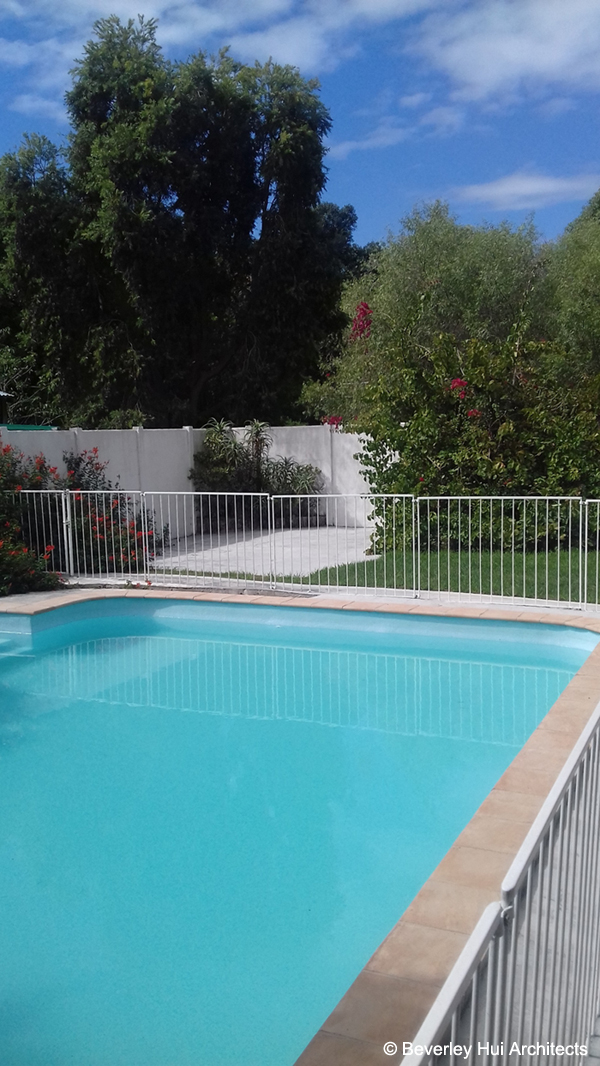
Clear Pool Water



WHAT IF IRON LEVELS ARE TOO MUCH TO ADD STRAIGHT TO THE POOL?
We have heard reports that you can fill a tank with borehole water. Add chlorine and Allum powder. That should improve the water sufficiently to add it to your pool, but we haven't tried it ourselves. The most professional way is to use a reverse osmosis machine, but it is of course a lot more expensive.WHAT IS THE DIFFERENCE BETWEEN ORDINARY FILTRATION AND REVERSE OSMOSIS?
Filtration using specialised filter media still leaves some traces of leaves some salt, magnesium, lime and calcium, as well as small traces of iron, dependingon how good your filter media are. RO removes all impurites except tiny amounts of harmless bacteria, producing a product that is pure and is suitable for any application. RO membranes do wear out over time leaving the water quality worse, and it is expensive to replace them. Depending on how good your pre-filtration is, it can still be worth the effort.WHAT TO DO IF WATER IRON LEVELS ARE TOO HIGH AND THE IRON SETTLES IN YOUR POOL?
As can be seen in the following, when iron levels are too high in the pool water it settles on the pool floor.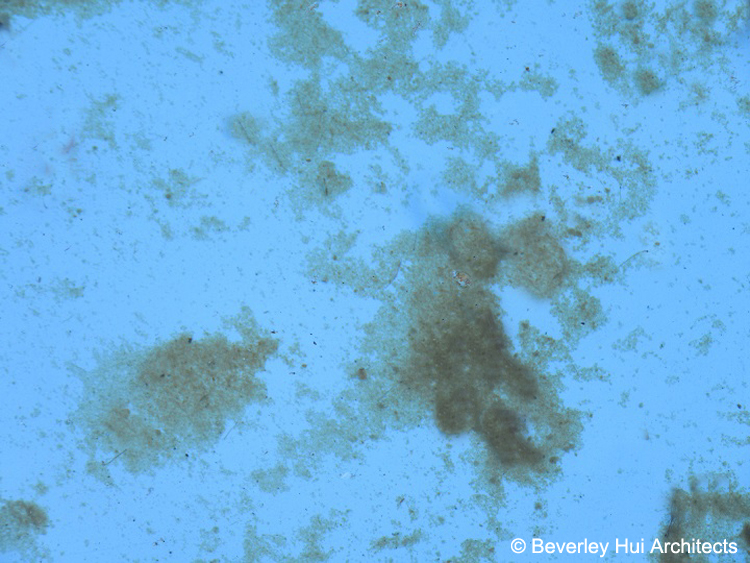
Iron Settled on Pool Floor
The settled on iron can be removed by an 8-wheel cleaner as shown below:
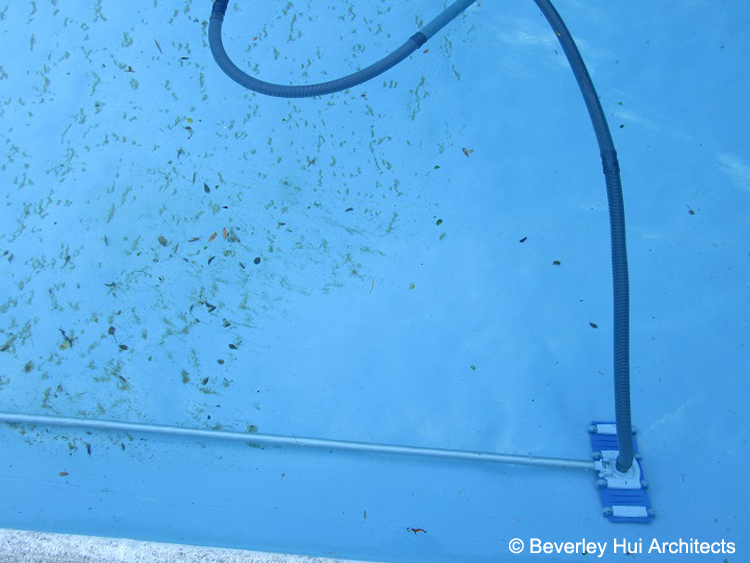
Iron Settled on Pool Floor
WHY THE SEVERE WATER RESTRICTIONS IN THE CAPE?
Due to the reduced rainfall caused by climate change, together with the growing population and ESKOM LOAD SHEDDING, severe water restrictions come into effect from time-to-time, then making it impossible to maintain a swimming pool using ordinary supply.COMMERCIAL USES OF REVERSE OSMOSIS WATER
Reverse osmosis water is suitable for use in the food and beverage industry, especially where municipal quotas are inadequate to meet demand.INDUSTRIAL USES
Cooling of industrial plant units, building and construction industry, supplimenting of agricultural supplies, growing of food in green house tunnels.DOMESTIC USES
Filling of swimming pools, watering of potted plants, flushing of toilets, bathing and laundry (see SUNDANCE POOLS ).

ARCHITECTURE-RELATED TOPICS
RESIDENTIAL ARCHITECTURAL PROJECTS>
RESIDENTIAL VERNACULAR DESIGNS>
MODERN AND CLASSIC ARCHITECTS SOMERSET WEST>
MODERN CAPE DUTCH>
ARCHITECT SERVICES CAPE TOWN>
VARIOUS H, T and U-SHAPED HOUSE PLANS>
ARCHITECTURAL FEES>
HIGH-END CAPE TOWN ARCHITECTS>
RENOVATION ARCHITECTURE
BY
BEVERLEY HUI ARCHITECTS>




